The Marvel Cinematic Universe captured the hearts and minds of moviegoers between 2008 and 2019. It was a cultural event that brought in some of the highest box office totals in history. But after COVID restrictions shut down the theaters for nearly a year, the MCU hasn’t been churning out the same box office numbers. Let’s look at each film released since theaters re-opened and see what may have contributed to their low, or high, box office.

14. The Marvels - $206 Million
The lowest grossing MCU film of this time period, and the lowest grossing MCU film of all time, The Marvels, came out in late 2023. It had the deck stacked against it from the start. COVID restrictions may have been lifted, but a writers strike and an actors strike in the lead up to the film greatly reduced the amount of promotion Marvel could do for the film. This time period also saw a major backlash against women-led films with insecure men on the internet review bombing it before it had even been released.
Unfortunately for The Marvels, there’s still a lot wrong with it besides those issues. It’s a follow up to the immensely popular Captain Marvel, which made more than $1 billion dollars when it was released in 2019. But since it wasN'T Captain Marvel 2, a lot of the audience had checked out. The other two co-leads of this ensemble, Photon and Ms. Marvel, had the majority of their backstories explained in Disney+ shows that not everyone followed and many didn’t care to see on the big screen.
The film didn’t hit for me due to how much it seemed like Brie Larson and Teyonah Parris didn’t want to be there. Both looked to be mailing in their performances. I loved how much fun Iman Vellani seemed to be having, but she was the only one who felt like she wanted to be in the film. It’s not the worst Marvel film. It’s not even the worst Marvel film released during this time period. But it really wasn’t all that good either. It was average superhero fare that’s best suited for streaming.

Courtesy: marvel
13. Black Widow - $380 million
This was the first MCU film released once theaters re-opened and many restrictions were still in place during the summer of 2021. The reduced capacity and people’s unwillingness to go into enclosed spaces certainly negatively impacted the final total. What also hurt this film was Disney experimenting with a concept called Premier Access during this time. The film was released on Disney+ for $30, and anyone who paid that price would get to see it as many times as they wanted. That decision led to a legal battle between Scarlett Johannson and Disney as her contract stated she got a percentage of the box office take and she believed this was taking money from her pockets.
The filmmakers thought this would be a big hit, and had it been released before the pandemic changed people’s theater habits, it probably would’ve been. Fans had been clamoring for a Black Widow movie for years, it’s a shame so many worldly issues negatively affected the theater experience. Add in the fact there was no chance of a sequel given where the Black Widow character’s arc ended in Avengers: Endgame, and the odd choice to set this one in between the events of Captain America: Civil War and Avengers: Infinity War, the deck was unfairly stacked against this one.
This is another one of those films that feels like typical superhero fare. As a viewer, I probably would’ve jumped at seeing this right after Civil War. I can’t say that I’ve wanted to revisit this film since I first saw it on Disney Plus, which is a shame because I love the character and want to see her in more of her own stuff. This one just doesn’t connect with me.

Courtesy: marvel
12. Thunderbolts* - $382 million
One of the most recent MCU films released, Thunderbolts* finished with the lowest box office total of the three MCU entries for 2025 and the lowest total for the four major superhero films released to this point. This one follows a group of questionable characters from previous superhero outings. These include Yelena Belova, Red Guardian and Taskmaster from Black Widow, Ghost from Antman and the Wasp, and John Walker from The Falcon and the Winter Soldier. It also features Bucky Barnes/Winter Soldier. While being an ensemble film, Yelena is the clear leader of the team. It’s mostly her story, along with the character of Bob/Sentry/Void who is first introduced in the film.
Unlike The Marvels and Black Widow, there’s very little real world events working against it. Insecure men may hate seeing a woman so prominent, but it doesn’t have to battle pandemic restrictions or strikes that hinder promotion. The real problem seems to be lack of familiarity with most of the characters. Bucky Barnes may have been introduced in phase one, but Ghost is the only other character introduced prior to Avengers: Endgame. The rest come from post-pandemic films or in the case of John Walker/US Agent, a Disney+ Original series. Fans came out in droves, but the casual audience has little to no connection to most of these characters.
It’s disappointing to see such a poor box office performance, because, for my money, this is the best superhero film of 2025 and one of the best Marvel has produced post-Endgame. It tackles serious themes while effortlessly blending humor. Some people seem to think it’s Marvel’s version of Suicide Squad, but it’s clearly so much more.
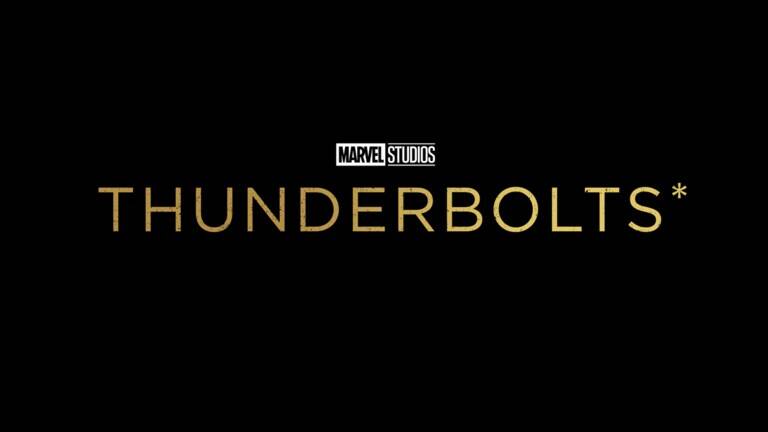
Courtesy: marvel
11. Eternals - $402 million
Due to the delays from COVID pandemic restrictions, four Marvel movies were released in the back half of 2021 with most of them only getting 30 days in theaters. Knowing that context, Eternals making $402 million is quite impressive. Still, it’s not regarded as a very good film among the Marvel fanbase. It introduced far too many new characters for fans to care about any of them.
This was the first Marvel film I saw in theaters post-pandemic as I saw it as part of a double feature with Spider-Man: No Way Home. It was a lower tier to mid-tier film then and it hasn’t aged well and has been mostly forgotten. Still, with Icharus being Superman, Thena being Wonder Woman, Phastos being Cyborg and Makari being Flash, this is easily the best Justice League movie we’ve ever gotten.

Courtesy: marvel
10. Captain America: Brave New World - $415 million
After three solo films and four Avengers films, Steve Rogers stepped down as Captain America and handed his shield to Sam Wilson. Sam’s first solo outing as Cap, after years as Falcon, fared about as well as most other first solo outings. It’s nothing spectacular but should be enough to keep pursuing the character when you consider the Captain America: The First Avenger box office, even when adjusting for inflation.
As for the film itself, Sam Wilson got vastly overshadowed in his first outing. Harrison Ford took over the role of Thunderbolt Ross who had moved from Defense Secretary to President and became the Red Hulk. Sam returns in Avengers: Doomsday. It’ll be interesting to see where he goes from there, but they have the building blocks for a series. Although a recent interview with Kevin Feige makes him think there may not be a future for a Cap series without Steve Rogers
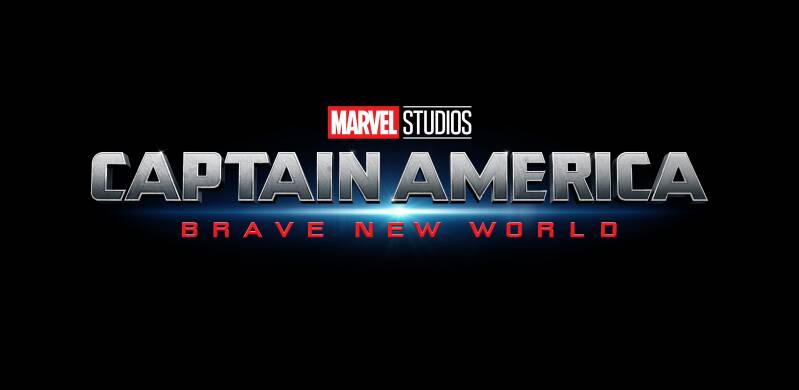
Courtesy: marvel
9. Shang-Chi and the Legend of the Ten Rings - $432 million
The first new character to get a film post Endgame was Shang Chi AND THE LEGEND OF THE TEN RINGS. Despite introducing many new characters, this film was given a connection back to Iron Man with the Ten Rings, who had a small role in the first Iron Man film, and Trevor Slattery, who appeared as a fake version of the Mandarin in Iron Man 3. Pandemic restrictions were still in effect during this time, so it had smaller crowds and had a shorter stay in theaters.
Despite a lot of factors working against it, this film was really well received in the Autumn of 2021. It seemed like this character would be a major player in the Multiverse Saga, and reports even claim Shang-Chi was set to have a major role in Avengers 5 when it was titled Kang Dynasty. The pivot to Doomsday seems to have shifted the character around. He’s expected to appear in Doomsday and Secret Wars.
Until Thunderbolts* came along, I would’ve argued this was the best film Marvel had put out post-Endgame. It felt completely different from everything else Marvel put out while seeming to perfectly fit in the MCU. Hopefully, we get the long-awaited sequel after Secret Wars.
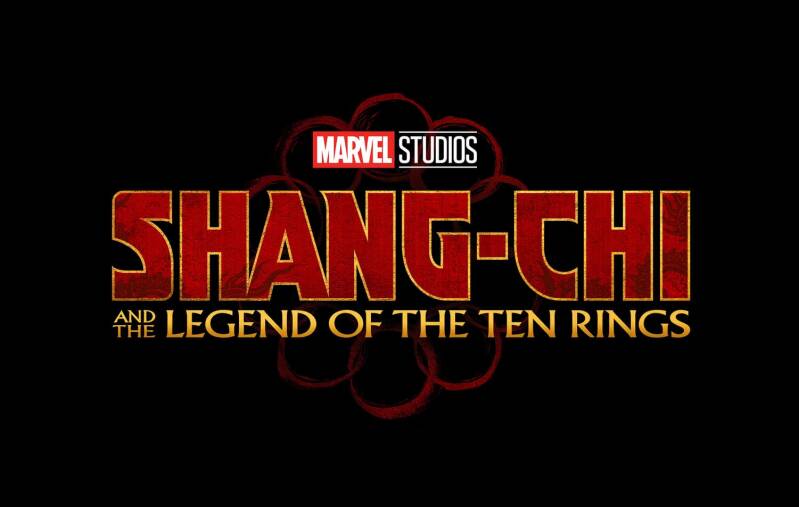
Courtesy: marvel
8. Fantastic Four: First Steps - $470 million (so far)
The most recent MCU film released, as of this writing, Fantastic Four: First Steps has brought in $470 million dollars, SO FAR. But its weekly percentage drop has been higher than Marvel expected for a film that seemed to have a lot of excitement surrounding it. It’s likely to finish in the $500 million range. That’s certainly not bad for the first MCU outing for Marvel’s First Family, but it’s obvious Kevin Feige and the Marvel brass were hoping it would make a lot more than it will.
Still, the film stands out with its 1960s aesthetic and making the family already beloved in their own universe when we meet them. After multiple failed attempts to show the Fantastic Four’s origins, it was a good call to have them already established like Spider-Man’s first outing in Spider-Man: Homecoming after his introduction in Captain America: Civil War or Superman’s DCU launch film, Superman. There are some stories that viewers know and don’t need to be shown again, and the Fantastic Four’s origins are one of them.
They are expected to be major players in Doomsday, since Dr. Doom is primarily a Fantastic Four villain, and Secret Wars. The film is doing well enough, they should get a sequel down the line. Just don’t wait too long.

Courtesy: marvel
7. Ant-Man and the Wasp: Quantummania - $475 million
This may be the most surprising box office total of any of the films released post-Endgame. Whereas several of the first outings are seeing totals in the $400 million range, most of the sequels, especially the third in a trilogy are seeing much higher box office numbers. But the third Ant-Man film is likely to finish behind Fantastic Four: First Steps at the box office and not far ahead of Shang-Chi and the Legend of the Ten Rings.
According to Disney’s filings, the film actually turned a profit of $88,000. While some suggest that’s Disney cooking the books, in movie money terms, that number is embarrassingly low and most likely legitimate. The company probably would’ve made more than that amount from a movie that lost money that they could’ve found a way to use as a tax write-off. It’s certainly disappointing for the makers of the film as Ant-Man had been seen as the palate cleanser in its first two installments and this was Disney and Marvel giving the character a chance to kick off an entire phase featuring the villain who was planned to be the big bad, Kang.
The film was plagued with a lot of problems that showed in the finished product. Special effects houses were being overworked as they tried to catch up on films after COVID delays, meaning a lot of the CGI in this film looked unfinished. Add in that Kang just wasn’t connecting as a villain, and Jonathan Majors wound up having major legal issues, and you get a film that doesn’t work for the audience. The film isn’t bad as a third film in a trilogy. But it’s not a good start to an entire phase of Marvel content.

Courtesy: marvel
6. Thor: Love & Thunder - $761 million
Thor became the first of the original Avengers to get a fourth solo film with this outing directed by Taika Waititi. Thor had already been plagued with issues during his solo runs. The first Thor film performed well, although it was considered a weaker solo outing in the early days of the MCU. The second film made more money but has been named in many listicles as the worst MCU film ever. (I don’t agree with that assessment, but I can see why others have that opinion.) Then, the third film made the most money in the series, but was one of the few third films to not break the billion dollar mark.
Thor: Love and Thunder had several changes made after some MCU fans rejected the darker tone of the film that immediately preceded it in the timeline, Dr. Strange in the Multiverse of Madness. They pushed for more humor which may have been a mistake with someone like Taika Waititi at the helm. Still, breaking $750 million on the fourth film in a series that could’ve easily seen major regressions can’t be overlooked.
For my money, this is the worst MCU film. While I genuinely enjoyed Thor: Ragnarok for moving away from the too serious tone of the first two Thor films and incorporating humor, it was also clear Waititi had someone from Marvel filtering out his worst ideas. Thor: Love and Thunder had too many jokes punctuating serious moments rather than allowing them to breathe. Where Ragnarok blends the tones, this felt like a jarring change. It really didn’t work for me as a viewer. It just reinforces my belief that Taika Waititi is the Vince Russo of filmmaking (WCW wrestling fans will get this reference). Give that man a filter.

Courtesy: marvel
5. Guardians of the Galaxy Vol. 3 - $846 million
Now we’re getting into the real moneymakers. Released in 2023, a bad year for Disney at the box office, this was the only MCU film to be considered a success. This film served as James Gunn’s swan song for Marvel before moving to be the head of the new DC Studios. At one point, it appeared like this film would never happen after Disney fired Gunn for offensive tweets for which he had previously apologized. Several of the cast refused to return without him, and Disney brought him back to wrap up the trilogy of films about this band of outsiders who became “found family.”
Much like Shang-Chi and the Legend of the Ten Rings and Thunderbolts*, this is one of the stronger MCU entries. Other more financially successful films resorted to a lot of fan service, but this one doesn’t. It’s a good entry that shows the heart of Rocket Raccoon while giving nice endings for Gamora and Star Lord and setting a new version of the team up to return in Avengers movies if needed.
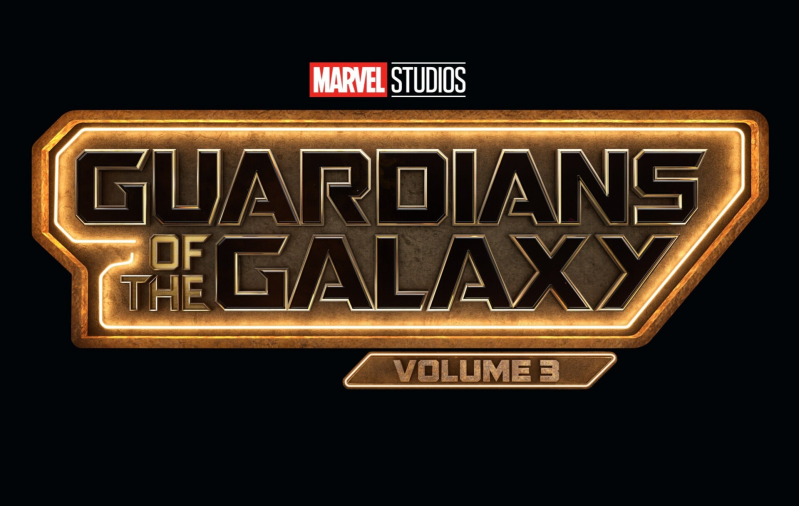
Courtesy: marvel
4. Black Panther: Wakanda Forever - $859 million
The MCU was firing on all cylinders when the first Black Panther movie was released. It became the first MCU solo outing to break the billion dollar barrier and even garnered a best picture nomination. Following Avengers: Endgame, fans were excited to see where the Black Panther series would go following his major role in Avengers: Infinity War. Unfortunately tragedy would get in the way.
Star Chadwick Boseman died of cancer while productions were delayed due to COVID restrictions. Director Ryan Coogler chose not to recast T’Challa and instead pass the Black Panther mantle on to his sister, Shuri. The film serves as a memorial for both T’Challa and Chadwick Boseman while setting the rest of the major players up for the story’s evolution. It was well done and is probably the best film released during this time but not necessarily the best MCU film.
Its box office wound up being less than the first movie, but it still turned a profit. The reasons for the decreased box office could easily be superhero fatigue, pandemic restrictions, or less disposable income after the inflation caused by the pandemic restrictions. But my main thought is the loss of Chadwick Boseman affected the box office. Some fans thought the character retired and didn’t want to continue the story without him. Still, Coogler delivered under some of the most tragic circumstances.

Courtesy: marvel
3. Dr. Strange in the Multiverse of Madness - $956 million
Dr. Strange returned in the first film released in 2022 with a direct sequel to both his first film and the first Disney+ and Marvel Original Series, WandaVision. Building on the strong start of the first film, Dr. Strange in the Multiverse of Madness increases its box office take by nearly $300 million dollars. It fell shy of the billion dollar mark, but that’s a good sign for a potential third film in the franchise, if Marvel decides to revisit his solo outings.
This film was a hit for a lot of Marvel fans who had watched the MCU shows on Disney+. However, it was considered a miss for those who hadn’t been keeping up with the show, because they hadn’t seen Wanda Maximoff’s turn to villain and becoming the Scarlet Witch. So, its mixed reception does make me wonder how a potential third film will fare even though one was teased in a post-credits scene.
This film firmly sits in the “like it but didn’t love it” camp for me. I like the introduction of America Chavez, and I watched WandaVision, so I understood the heel turn for Wanda and how they were making her a villain with her motivations. meanwhile, the Illuminati scene should’ve hit well with John Krasinski appearing as Reed Richards and the return of Patrick Stewart as Charles Xavier. Unfortunately, that scene felt off to me and Anson Mount later admitted that none of them filmed their parts together, which makes me think that’s what left me feeling underserved.

Courtesy: marvel
2. Deadpool & Wolverine - $1.3 billion
The only MCU film released in 2024 became only the second MCU film post-COVID to break $1 billion. But this film had a lot going for it that others released in that timeframe never had a chance to have. It’s the third film in a Deadpool franchise that Fox previously started. The franchise was popular and was bringing back the most popular character from the X-Men franchise for a team-up movie. Marvel had reacquired the Deadpool rights in the Fox acquisition and was finally bringing the Merc with the Mouth and one of the X-Men into the MCU. That was sure to get some butts in the seats.
As for the film itself, it was fan service at its absolute best and worst. The film does very little to advance the MCU. It features the TVA first introduced in Loki and expected to be part of either Avengers: Doomsday or Avengers: Secret Wars. Instead, the film focuses on the Fox universe that was ending and how Deadpool and Wolverine can save it. There are cameos galore and a special appearance by Chris Evans reprising his role as the Human Torch rather than Captain America.
Still, Deadpool films are meant to not be taken seriously, so it makes perfect sense to not advance the MCU too much in a film that’s meant to be a joke. Plus, there were concerns about Disney toning down the R-rated material associated with Deadpool, but this film delivered in a film that felt nothing like the rest of the MCU.
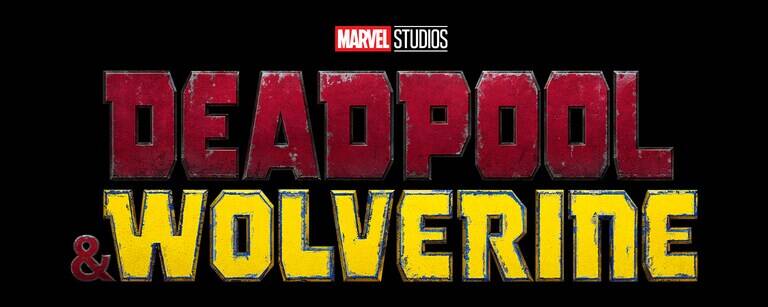
Courtesy: marvel
1. Spider-Man: No Way Home - $1.9 billion
The highest grossing film post-Endgame should be no surprise since it features one of Marvel’s most popular characters. Spider-Man: No Way Home was the third film in the Spider-Man “Home” trilogy. There was a lot of speculation about what would happen in the film since villains from previous Sony Spider-Man films were confirmed and there was speculation about the return of the previous two Spider-Man actors.
Between the popularity of the character and the speculation surrounding the returns, it would’ve been a disappointment if this film didn’t break a billion dollars even with COVID restrictions still in effect. The truly amazing feat is that it nearly reached two billion dollars despite the fact China refused to open the film’s market to its citizens. That’s a major market that can make or break a film and yet Spider-Man: No Way Home couldn’t be stopped.
Much like Deadpool & Wolverine, Spider-Man: No Way Home featured a ton of fan service, however this film advanced a lot more of the MCU. It brought a focus on the multiverse, gave Dr. Strange a major appearance outside his own films and the Avengers films, and helped set up Spider-Man for more appearances. It delivered what it need to deliver even if other films may be better.
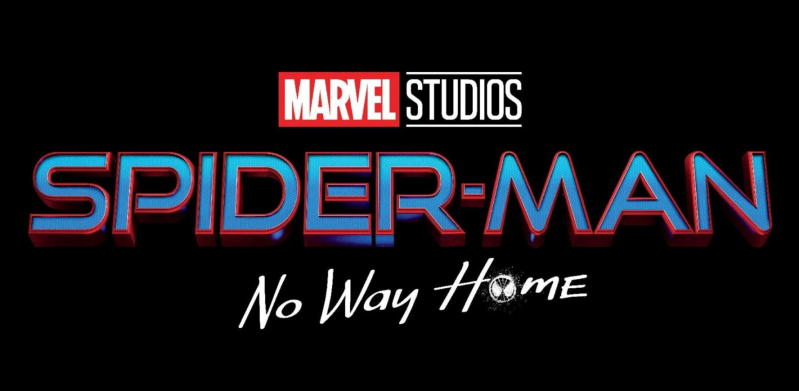
Courtesy: marvel
The superhero box office is not what it once was during the height of the MCU, and it’s unlikely to see those same heights again. However, that doesn’t mean there isn’t hope for bigger numbers. First outings are likely to top out in the $400 million range with a few exceptions. But, if Disney and Marvel make good movies, sequels will follow that will see bigger totals. It may take the third film in a trilogy for the solo outings to break a billion dollars, but Iron Man 3 and Captain America: Civil War were the only entries in those series to break a billion dollars. It’s clear they can still cross that threshold without a major team-up, they just have to be smart about budgets and marketing going forward.
Article Written By: Jeremy Brown for Stelmach Brown Media 2025


Add comment
Comments